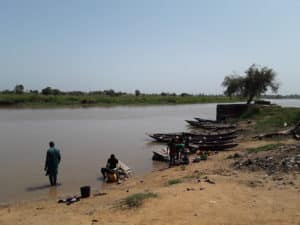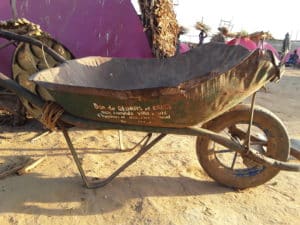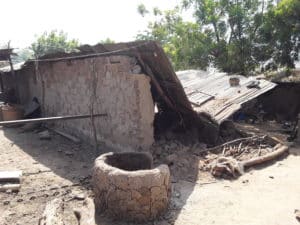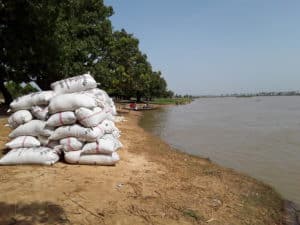Configurations and dynamics of humanitarian aid in the flood zones of the Niger River valley in northern Benin
Understanding the dynamics of humanitarian aid in the flooded areas of the far north of Benin
Georges DJOHY questions here the limits of the actions carried out by the Beninese government and its partners (development agencies, NGOs) to help populations facing the floods that occurred in the agro-ecological zone of the far north of Benin (ZAE1). Despite the numerous projects and resources deployed, the situation is worsening, leaving a growing part of the local population in marginalization and poverty. What are the socio-economic, political and cultural factors, and the power games between the different actors involved, allowing us to understand the specificity of the configuration of the humanitarian space in the ZAE1 and the dynamics that result from it?
A rural territory facing climate risks
The research was conducted in the Agro-Ecological Zone of the Far North of Benin (ZAE1), the main source of flooding in Benin. ZAE1 covers an area of approximately 9,057 km2, occupied by approximately 234,994 inhabitants, 50% of whom are women, spread across 32,240 households, 67% of whom are agricultural. Agriculture is the main socio-economic activity in the area, with crop systems based on cotton (cash crop) and food crops (corn, millet, sorghum and rice). Livestock farming is the second socio-economic activity of households in ZAE1, with the practice of transhumance as the main means of accessing pasture and water resources, supported by food and mineral supplementation in the dry season. ZAE1 is a convergence of risks and uncertainties, with floods at the forefront, followed by droughts, strong winds, fires and farmer-herder conflicts.
Questioning the practices and perceptions of actors with regard to humanitarian aid
This study aims overall to analyze the structural and functional specificity of humanitarian aid in ZAE1 in northern Benin. More specifically, it was a question of: (1) analyzing the form and organization of humanitarian action in ZAE1; and (2) analyzing the perceptions, strategies and games of the actors involved in humanitarian action, in connection with the political, economic, social and cultural dynamics at the local and national levels.




Localization of Humanitarian Aid
This research facilitates a better understanding of the local dynamics to be taken into account for the success of the humanitarian transition and the localization of aid. The results will inspire humanitarian actors on the decisions and tools most adapted to local contexts to strengthen aid effectiveness.
Biography
Georges Djohy is a socio-anthropologist. He studied rural economics and sociology at the University of Parakou (Benin) and holds a PhD in social anthropology from the University of Göttingen (Germany). Since 2008, he has been involved in research on Fulani (agro)pastoral systems, with a focus on environmental and socio-technological changes. He is interested in several themes, including climate change, humanitarian aid, gender and social inclusion, sustainable land use, local innovation and collective action of (agro)-pastoral associations; and has (co)published numerous articles and contributed to collective works.
Photo gallery: © Georges Djohy
